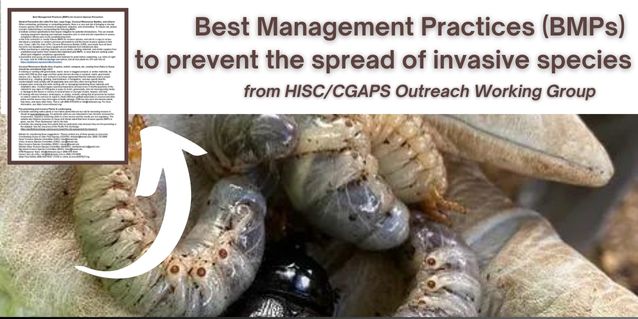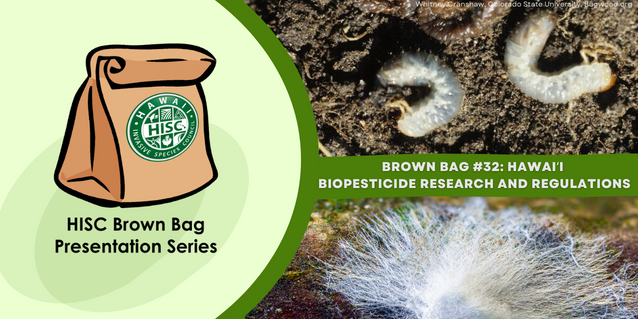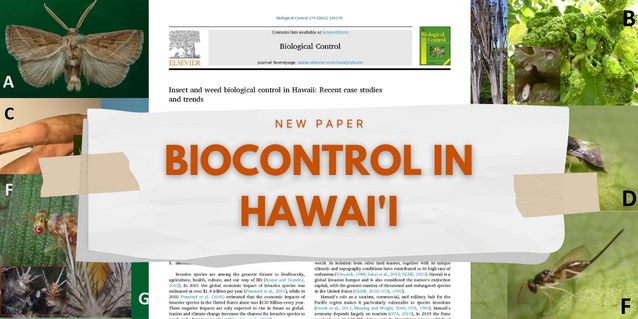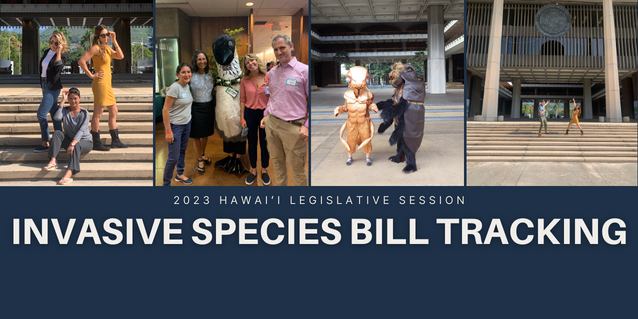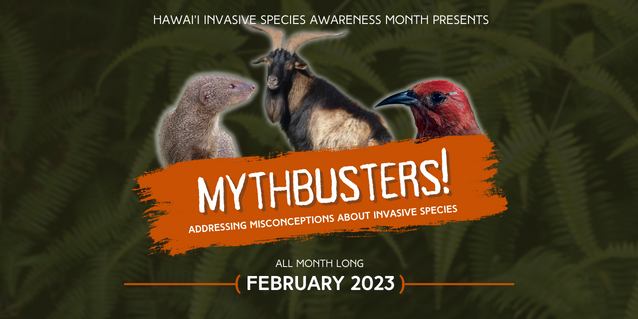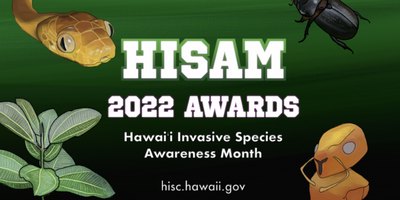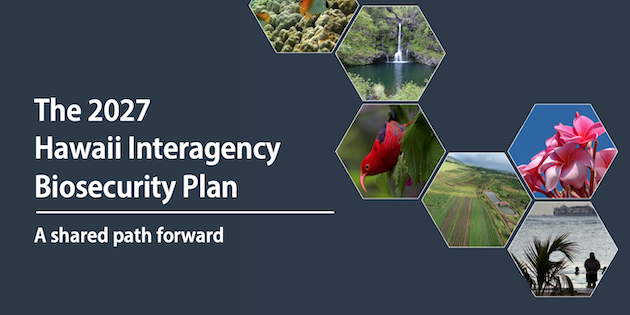Naio Thrips Detection & Response Plans Released for Oahu, Kauai, and Maui
Posted on Jun 3, 2015 in News, sliderThe Department of Land and Natural Resources (DLNR) Division of Forestry and Wildlife (DOFAW) has released plans to assist in the early detection and rapid response of invasive naio thrips (Klamothrips myopori) for the islands of Oahu, Kauai, and Maui. The plans were produced in collaboration with the Hawaii Department of Agriculture, the Oahu Invasive Species Committee, the Kauai Invasive Species Committee, and the Maui Invasive Species Committee. The project was funded in part by a FY14 grant from the Hawaii Invasive Species Council. The plans can be downloaded from our Strategies & Plans page.
Naio thrips (also known as Myoporum thrips) were first detected in Waikoloa, Hawaii in 2008 attacking the native Myoporum sandwicense, locally known as naio. Distribution of naio thrips in the State is currently restricted to the Hawaii Island, where the pest is causing extensive dieback and mortality of naio plants across a range of habitats. Given the frequency of inter-island transport of goods and people, and the precedence of pest range expansions, this species is likely to spread beyond the Hawaii Island. Naio is distributed across all of the main Hawaiian Islands, and is present from sea-level to 3000m. Both M. sandwicense and laetum are used in landscape plantings.
Naio thrips has not yet been detected on Oahu, Kauai, or Maui. The early detection plans produced under this collaboration will help provide organization and facilitate cooperation between relevant resource management agencies and collaborators in the event that naio thrips is detected. A similar plan is being developed for Molokai.



